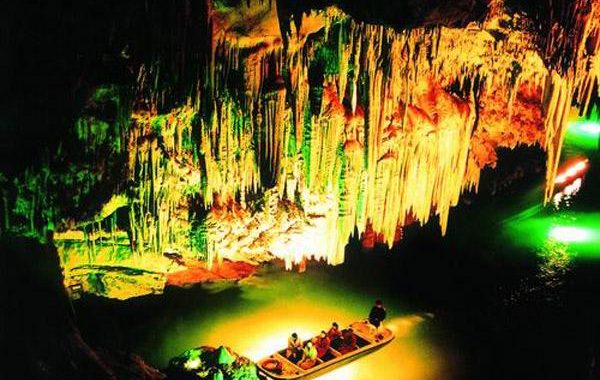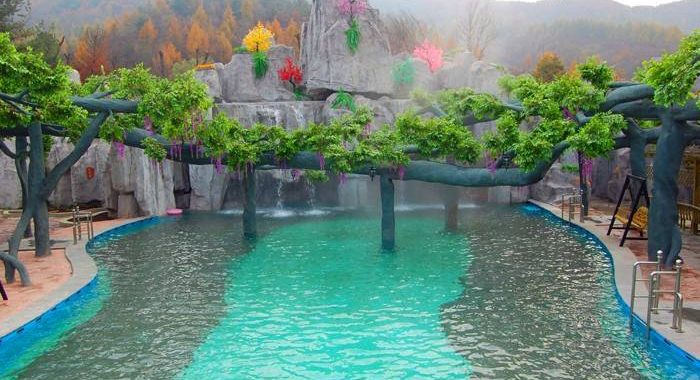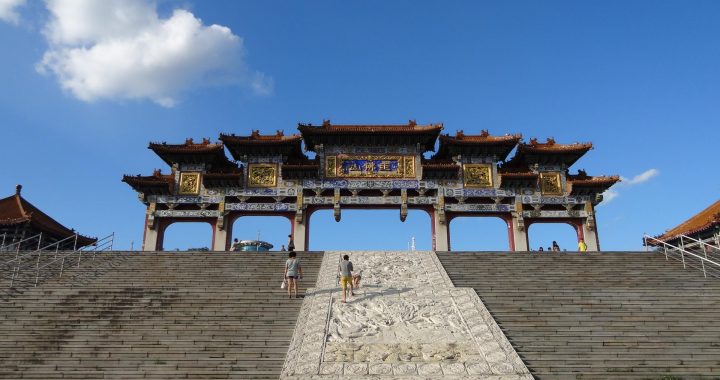Qianshan Scenic Area, Anshan
2 min readThis large deposit of jade is best represented by a towering carved Buddha that is almost8meters high weighing in at just over 260 tons and is considered the largest of its kind in the world.The original stone was found in 1960 and the local government commissioned the artwork at that time,which required over 100 craftsmen a year and half to complete.The double-sided carving has two representations of the Buddha.On the front of the main overall sculpture is the Gautama or sage-like representation of the Buddha depicting how he appeared while he lived while on earth.On the reverse in a much smaller rendering of theGuanyin or Goddess of Mercy representation found in both Buddhist and Taoist traditions.
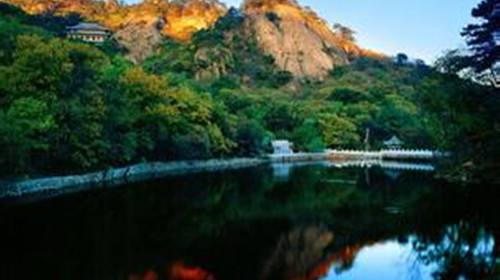
The temple built around the jade Buddha is also an important Buddhist site and has received a high-level of recognition amongst China’s tourist destinations.
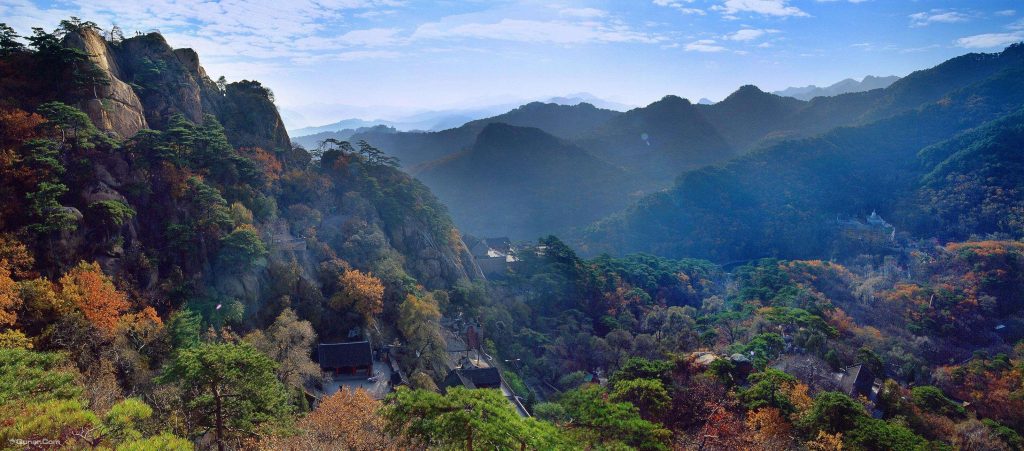
The giant Jade Buddha
The dark face of the Buddha came about after polishing the stone.
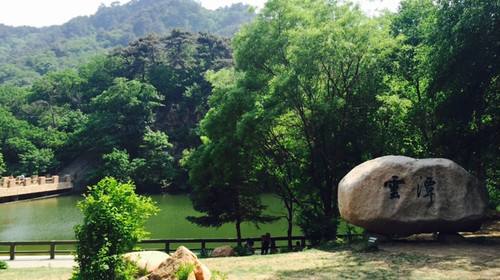
Combining both outstanding natural scenery and a continuation on the Buddhist and Taoist themes which are prevalent in Anshan, is the Qianshan National Park. Qian meaning1,000, and shan meaning mountain, has over 1,000 granite peaks that are said to resemble the lotus. As the lotus is an important symbol of immortality in Buddhism and Taoism, themountain is sacred for members of both religions. Many monasteries and nunneries of both traditions can be found here. Buddhism, Taoism and Confucianism all evolved alongside each other in China and are often intertwined in local belief, traditions and folklore. Because it is a scared place with many eager visitors the park does not allow cars and provides electric vehicles to take visitors up to a point where a spiritual, yet taxing hike begins.
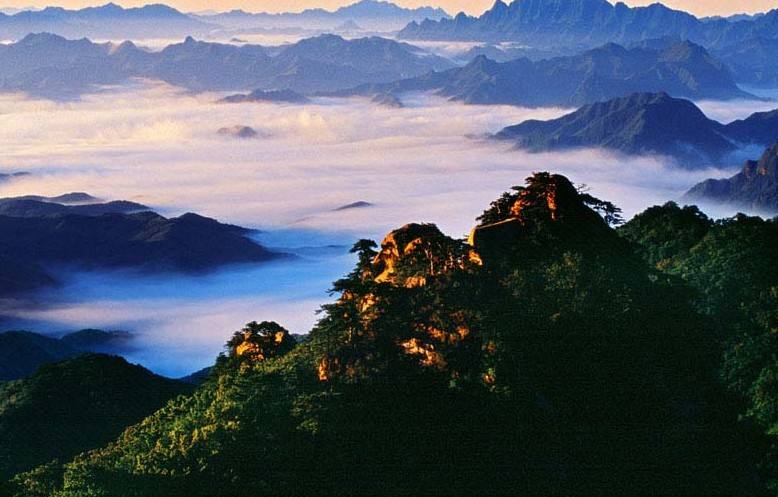
Anshan has many other natural attractions in the form of forest parks and nature reserves. South of Anshan is the Taoshan Mountain area,a famous place for the cultivation of traditional Chinese medicinal herbs as well as being another shared Buddhist-Taoist holy site. There are large nature reserves also in Haicheng, Jiulong, and Longtanwan. The large forest parks can be found in Xiping, Wulushan, and Dongshan mountain areas.
